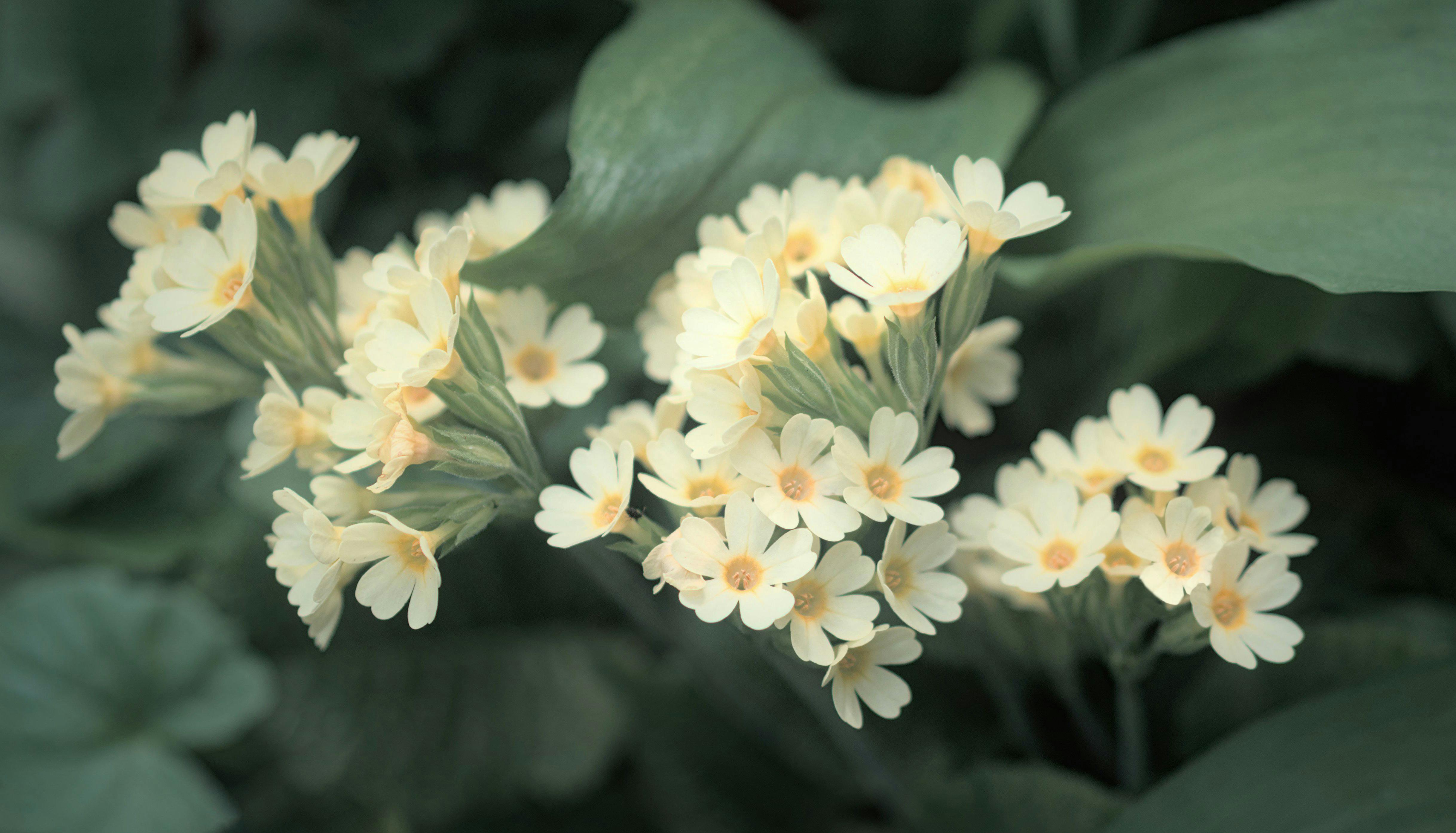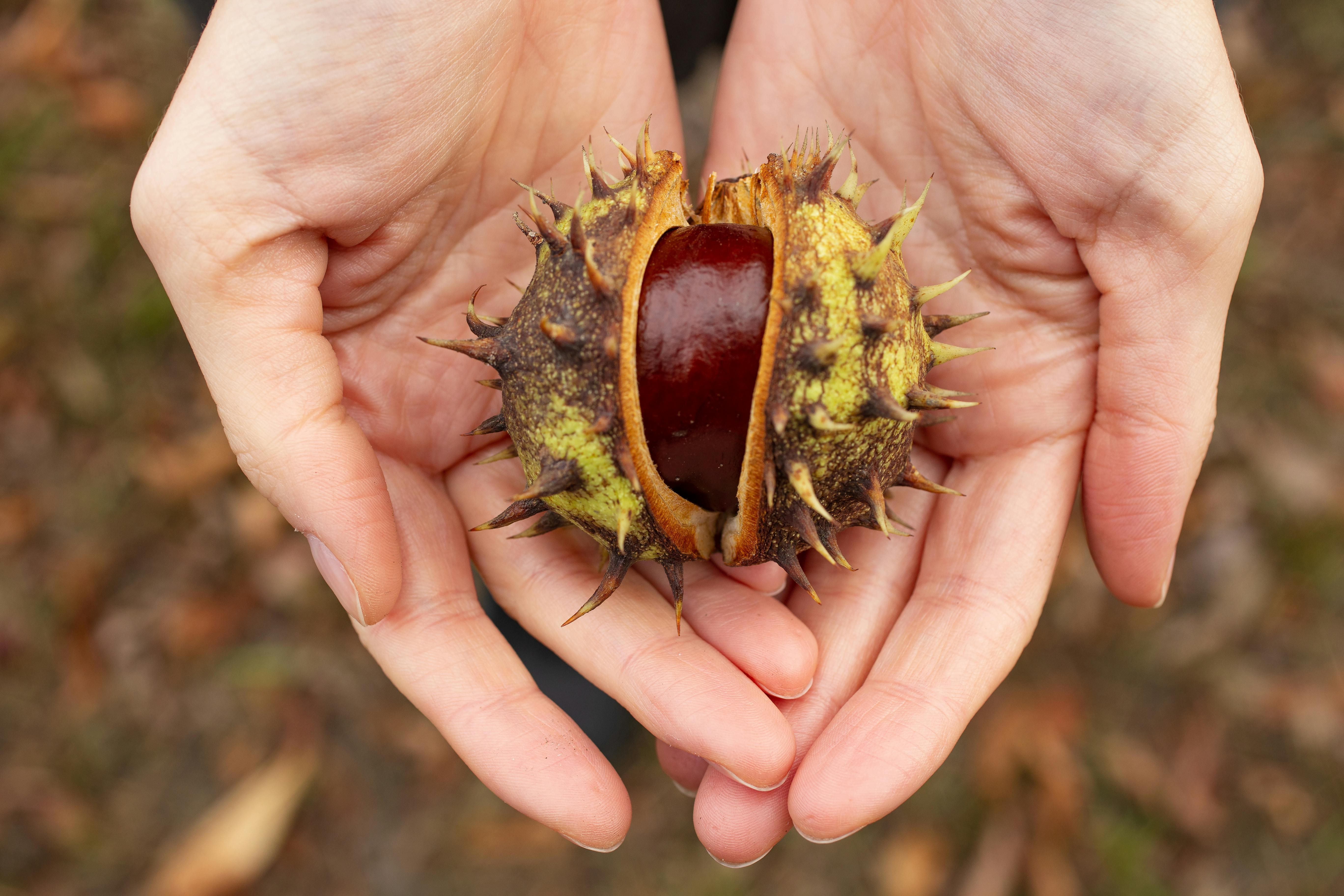Mr. Gardener: Your Ultimate Guide to Expert Gardening
Introduction to Mr. Gardener
Welcome to the world of **Mr. Gardener**, where gardening becomes not just a hobby but a passion! For garden enthusiasts and beginners alike, navigating the vast landscape of gardening requires knowledge, creativity, and a good strategy. In this guide, we’ll explore the essentials of gardening, from selecting the right plants to managing pests effectively. Whether you have a sprawling backyard or a modest balcony, Mr. Gardener is here to simplify the process and enhance your green thumb. Let’s dive in!
Understanding Your Gardening Style
Identifying your personal gardening style is the first step to creating a space that reflects your personality and meets your needs. Are you inclined towards a vibrant flower garden or perhaps a serene herb garden? With guidance from **Mr. Gardener**, you can explore diverse styles, including traditional, modern, and sustainable gardening. Consider factors like available space, sunlight exposure, and climate conditions, which play a crucial role in determining the best approach for your garden. Remember, a successful garden is one that aligns with your lifestyle and preferences, allowing you to enjoy the fruits of your labor.
Choosing the Right Plants
Choosing the right plants is pivotal for successful gardening. **Mr. Gardener** suggests selecting plants that are suitable for your climate zone, soil type, and amount of sunlight received. Annuals and perennials offer different blooms throughout the seasons, while vegetables and herbs can be practical options for edible gardening. If you’re unsure, consider visiting local nurseries for expert advice and to understand what thrives in your area. It’s also beneficial to implement companion planting. This method not only enhances growth but also minimizes pests. Let’s check an example:

In the image above, various plants are strategically placed to complement each other, creating a colorful, thriving environment. This not only adds to the aesthetic but fosters better growth conditions.
Pest Management Strategies
Managing pests naturally is integral to maintaining a healthy garden. **Mr. Gardener** promotes environmentally friendly methods, such as attracting beneficial insects and utilizing homemade pest deterrents. For instance, planting marigolds can repel nematodes and aphids, while ladybugs feast on harmful pests. Maintaining plant health through proper watering and fertilization will also reduce the chances of pest infestations. Always observe your plants for any signs of distress and address issues promptly to maintain a flourishing garden.
The Benefits of Gardening
Gardening offers a myriad of benefits beyond the mere aesthetics of a well-maintained yard. From improving mental health to contributing to environmental sustainability, engaging with nature can uplift our spirits and enhance physical wellness. **Mr. Gardener** illustrates several advantages, which can motivate anyone to get out there and start planting.
Boosting Mental Health
Gardening can significantly improve mental health by reducing stress and promoting mindfulness. The processes of digging, planting, and nurturing encourage physical activity, which releases endorphins, often referred to as “feel-good” hormones. Engaging with greenery provides a sense of accomplishment, especially when witnessing the fruits of your labor flourish. Techniques such as mindfulness gardening invite individuals to be present and appreciate their surroundings, creating an oasis of tranquility.
Contributing to Sustainability
Choosing to garden sustainably can have a lasting impact on the environment. **Mr. Gardener** advocates for practices like composting, water conservation, and using organic fertilizers. By minimizing chemical use and opting for native plants, gardeners can create habitats for local wildlife while conserving water and energy. Implementing these sustainable practices not only nurtures the local ecosystem but also provides delicious and pesticide-free produce for the family.

Improving Physical Health
Physical activity is an essential component of gardening, offering numerous health benefits. **Mr. Gardener** reminds us that lifting, digging, and weeding engage various muscle groups, acting as a fantastic form of exercise. Regular gardening can help improve cardiovascular fitness, strength, and flexibility. Additionally, growing your own fruits and vegetables can lead to healthier eating habits, as home-grown produce is often fresher and packed with nutrients.
Creating Your Garden Plan
Developing a well-structured garden plan can streamline your gardening journey. With careful planning, you can ensure that your garden is not only beautiful but also functional and sustainable. **Mr. Gardener** highlights essential steps to help you create an effective garden plan.
Assessing Your Space
The first step in creating your garden plan is to thoroughly assess your available space. Take note of sunlight patterns, soil conditions, and existing plants. Sketching a layout can help visualize where you want to place various plants for optimal growth. By understanding your space, you can select plants that will thrive, whether in the sunniest spots or shaded corners of your garden.
Developing a Planting Schedule
A planting schedule is crucial for timing your garden tasks appropriately. **Mr. Gardener** suggests researching the best planting times for your selected species, as different plants have specific seasons for seeding, planting, and harvesting. Maintaining a calendar will keep you on track, ensuring your garden remains productive throughout the growing season. This method also helps you to rotate crops, preventing soil depletion and maintaining nutrient levels.
Maximizing Efficiency with Tools and Techniques
Investing in quality gardening tools can enhance your gardening experience. **Mr. Gardener** recommends specific tools such as trowels, pruners, and watering systems for various tasks. Additionally, employing techniques like mulching can retain moisture and suppress weeds, signifying a more efficient approach to care. Consider incorporating raised beds or container gardening if space is limited, which can maximize your gardening potential while maintaining ease of access.
Key Takeaways
In summary, being a successful gardener involves choosing the right plants, understanding your gardening style, implementing eco-friendly practices, and creating a structured plan. With the guidance of **Mr. Gardener**, you can transform your space into a flourishing garden oasis that enhances your home and provides joy for years to come. Now, let’s dive into the FAQs to address some commonly asked questions.
FAQ
1. What are the best plants for beginners?
For beginners, **Mr. Gardener** recommends starting with low-maintenance plants such as succulents, marigolds, and herbs like basil and mint. These plants thrive with minimal care and can provide instant gratification as they grow.
2. How often should I water my garden?
Watering frequency depends on plant species, climate, and soil type, but generally, it’s advisable to water when the top inch of the soil feels dry. **Mr. Gardener** suggests using a soaker hose or drip irrigation system to conserve water and maintain moisture levels effectively.
3. Can I garden without a backyard?
Absolutely! You can create a thriving garden in containers on balconies, patios, or even indoors. **Mr. Gardener** provides tips for vertical gardening and choosing compact plants that fit smaller spaces. This allows anyone to experience gardening, regardless of their space limitations.
4. What is the best time to garden?
The best time to garden depends on your local climate. Generally, spring is the prime time for planting most flowers and vegetables. **Mr. Gardener** advises checking your planting zone and considering seasonal weather patterns to determine the optimal times for growing your specific plants.
5. How can I improve my soil quality?
Improving soil quality can be achieved through regular additions of organic matter like compost and mulch. **Mr. Gardener** suggests testing your soil pH and nutrient levels to determine specific amendments needed. Over time, nurturing your soil will yield healthier plants and a more productive garden.
6. Is pest control important in gardening?
Yes, effective pest control is vital for maintaining healthy plants. **Mr. Gardener** emphasizes using integrated pest management strategies, which include encouraging beneficial insects and using natural repellents, to keep pests at bay without harming the environment.
7. How can I make my garden more sustainable?
To create a sustainable garden, consider practices like composting kitchen scraps, using rainwater for irrigation, and selecting native plants that require less water and maintenance. **Mr. Gardener** encourages sustainable gardening as a way to protect the planet while enjoying the beauty of nature.
